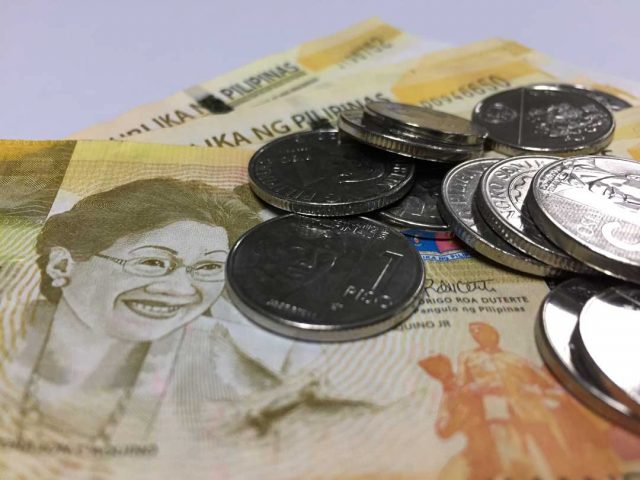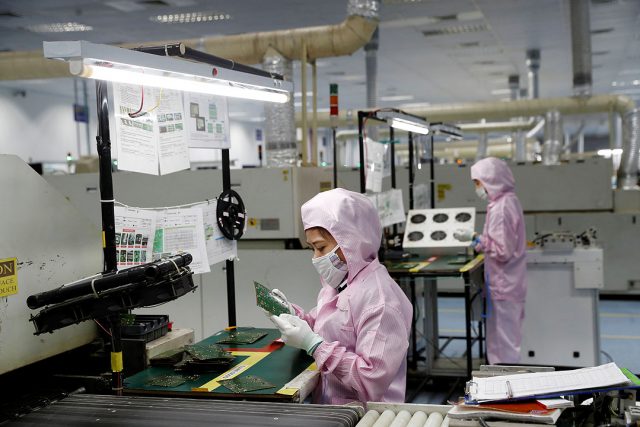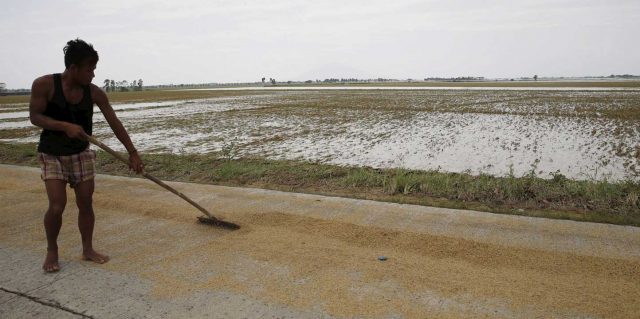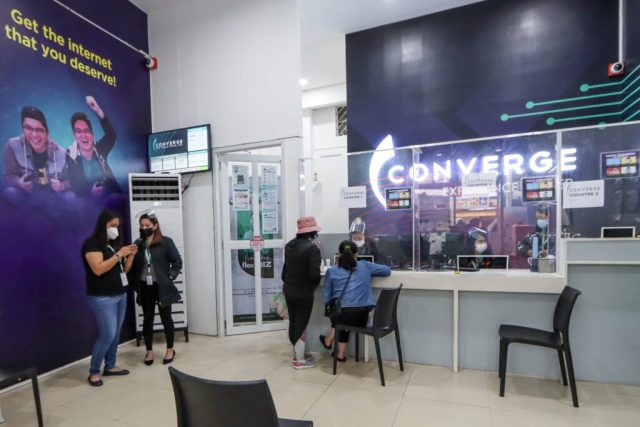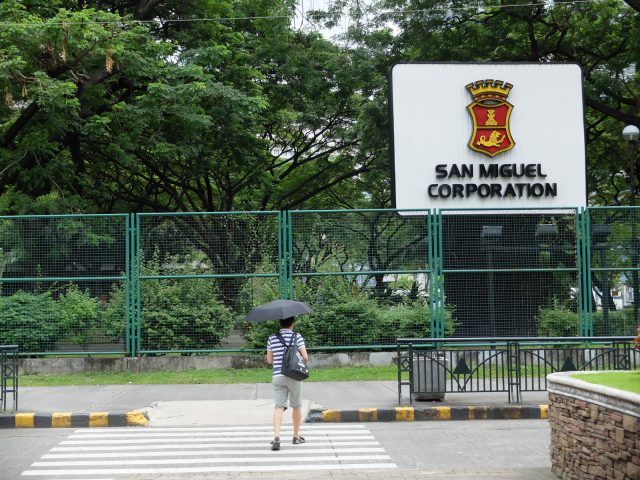The establishment of WESM’s independent market operator
The Wholesale Electricity Spot Market or WESM is the centralized venue for the trading of electricity between distribution utilities (as well as the other bulk users of electricity) and generation companies wherein the price of electricity is based on the interaction of demand and supply. The establishment of WESM is provided in Section 30 of RA 9136 or the Electric Power Industry Reform Act (EPIRA).
The law further provides for the creation of an Independent Market Operator (IMO) to operate the WESM within one year of WESM’s commercial operations. On 26 September 2018, this EPIRA provision was finally achieved with the incorporation and designation of the Independent Electricity Market Operator of the Philippines (IEMOP) as the IMO.
IEMOP adheres to the objective of WESM in ensuring a competitive, efficient, reliable, and transparent electricity market for the benefit of the Filipino consumers.
Is the establishment of IEMOP pursuant to the RA 9136 (EPIRA)?
Yes. EPIRA provides for the creation of an independent entity which will operate the Wholesale Electricity Spot Market (WESM). Pursuant to the letter of the law, the Department of Energy, jointly with the electric power industry participants, endorsed the transfer of the Market Operations of WESM to an Independent Market Operator (IMO) on 06 February 2018.
With the endorsement as required by the law, the Independent Electricity Market Operator of the Philippines (IEMOP) was incorporated and from there, it took over the operations of WESM on 26 September 2018. The Energy Regulatory Commission (ERC) and the Joint Congressional Energy Commission (JCEC) were duly informed of the transition of the Market Operations of WESM to IEMOP.
As further directed by EPIRA, the IEMOP Board of Directors consists of independent personalities who have no interest in any electric power industry participant.
From the foregoing, the establishment of IEMOP as the Independent Market Operator was clearly in accordance with EPIRA and the DOE Department Circular No. 2018-01-002.
Does DOE and IEMOP have a contract wherein DOE “allowed” IEMOP to perform the Market Operations?
No. IEMOP, as the Independent Market Operator, was created pursuant to a mandatory provision of RA 9136 or EPIRA:
Not later than one (1) year after the implementation of the wholesale electricity spot market, an independent entity shall be formed and the functions, assets and liabilities of the market operator shall be transferred to such entity with the joint endorsement of the DOE and the electric power industry participants.
Thus, pursuant to the law, IEMOP is formed, not by a contract, but through a joint endorsement by the DOE and electric power industry participants.
Why is IEMOP’s capital only Php7,000.00?
Because the law does not require that it should be more. For the formation of IEMOP, its incorporators contributed amounts totaling to Seven Thousand Pesos (Php 7,000.00), which is the initial capitalization as provided in the IMO Transition Plan, and in line with the requirements by the Securities and Exchange Commission (SEC) for non-profit corporations.
EPIRA provides that the functions, assets, and liabilities of the Autonomous Group Market Operator (AGMO) be transferred to IMO upon its formation. EPIRA did not mandate that such transfer be with consideration, or that the AGMO be reimbursed for the cost of such assets. Therefore, IEMOP does not require capital to assume the functions of the Market Operator.
IEMOP is a non-stock, non-profit corporation; thus, it does not require capital stock to be divided into shares and consequently, neither does it need to distribute any dividends to its members, trustees, or officers. By its nature and functions, IEMOP does not earn income or profits. To recover its yearly operating costs, IEMOP applies for “market fees” which are filed with and approved by the ERC. The market fees of IEMOP are recovered from the generator trading participants.
Does IEMOP have the requisite expertise to perform Market Operations?
Yes. The men and women of IEMOP, who are operating the WESM, has been with the electricity market since its inception. The IEMOP as an organization has the requisite expertise to perform the Market Operations.
Spotlight is BusinessWorld’s sponsored section that allows advertisers to amplify their brand and connect with BusinessWorld’s audience by enabling them to publish their stories directly on the BusinessWorld Web site. For more information, send an email to online@bworldonline.com.
Join us on Viber to get more updates from BusinessWorld: https://bit.ly/3hv6bLA.



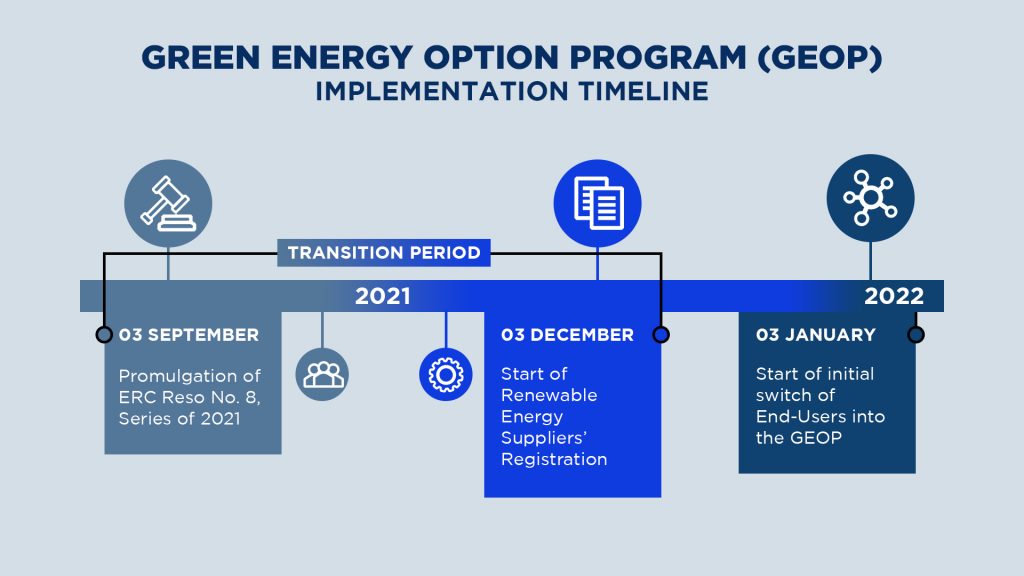





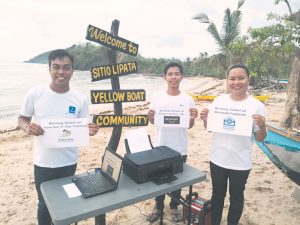

 SM scholar Mark Lawrence Bacasmo
SM scholar Mark Lawrence Bacasmo

